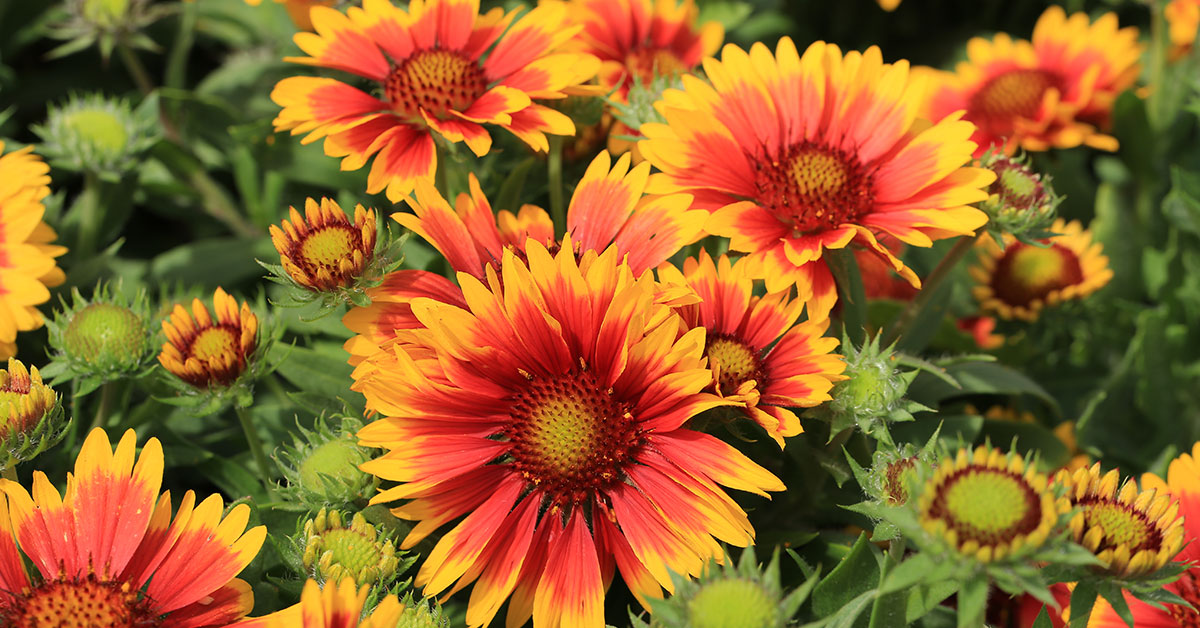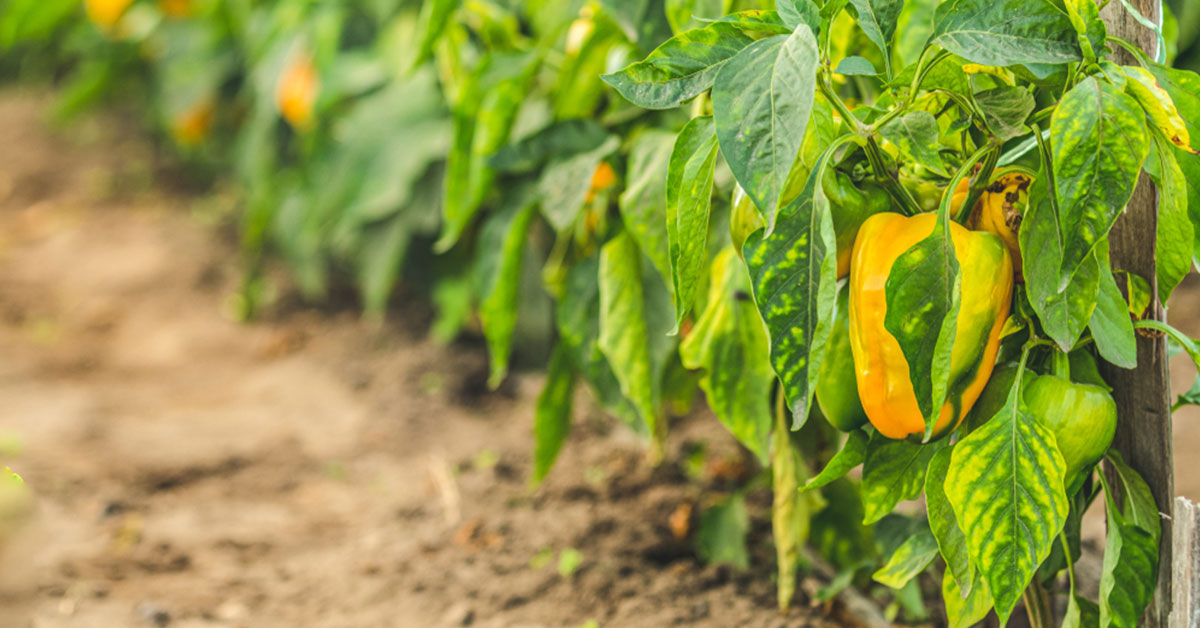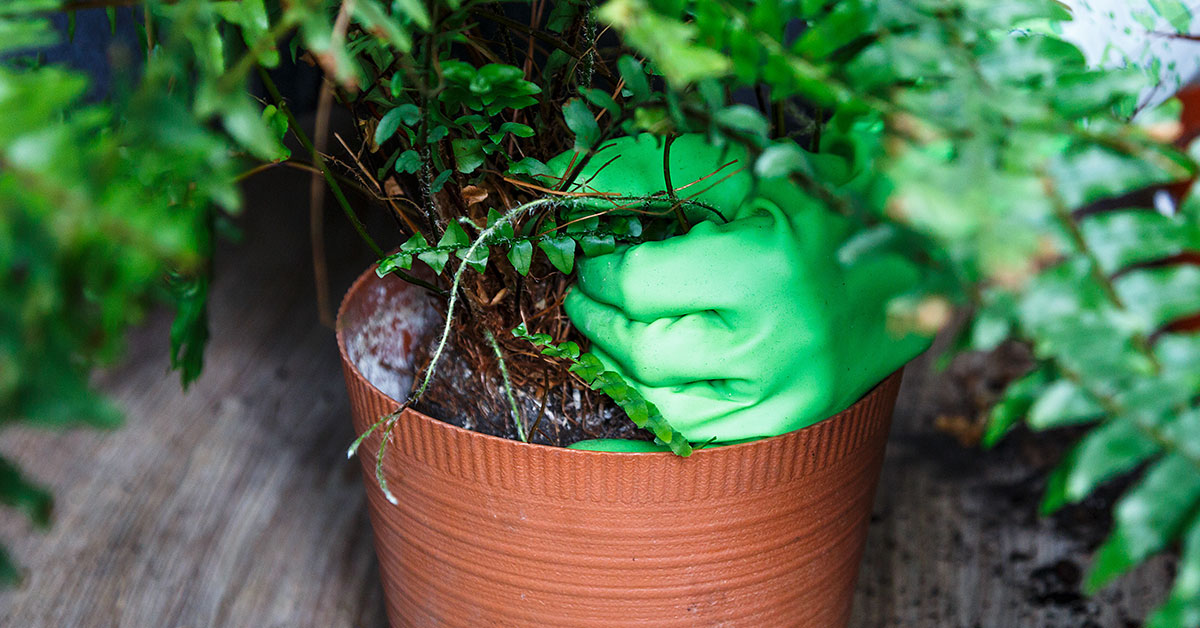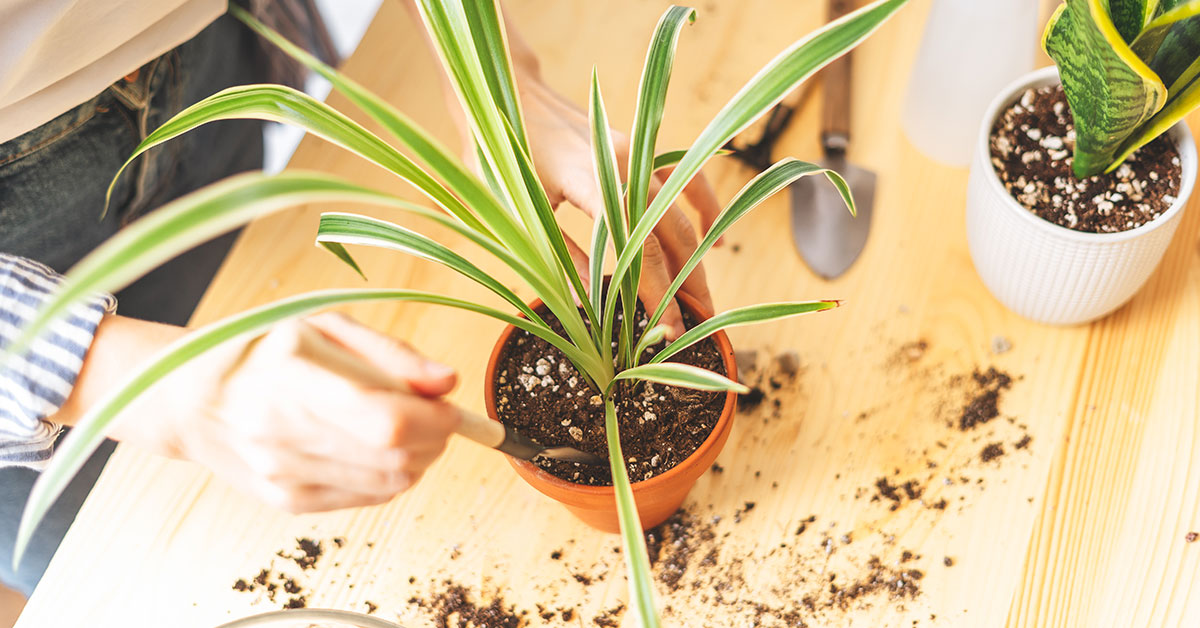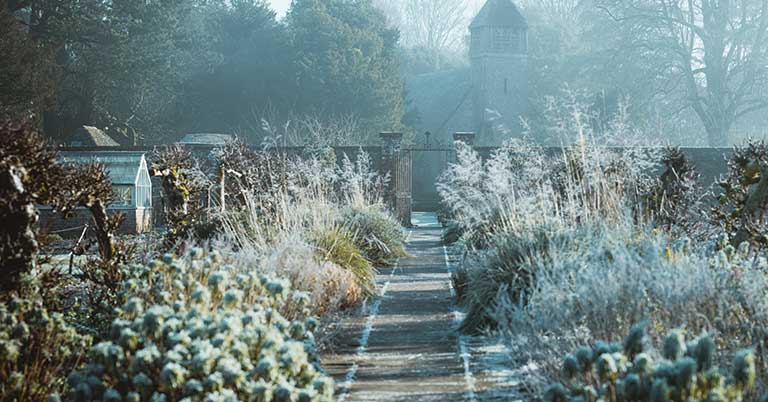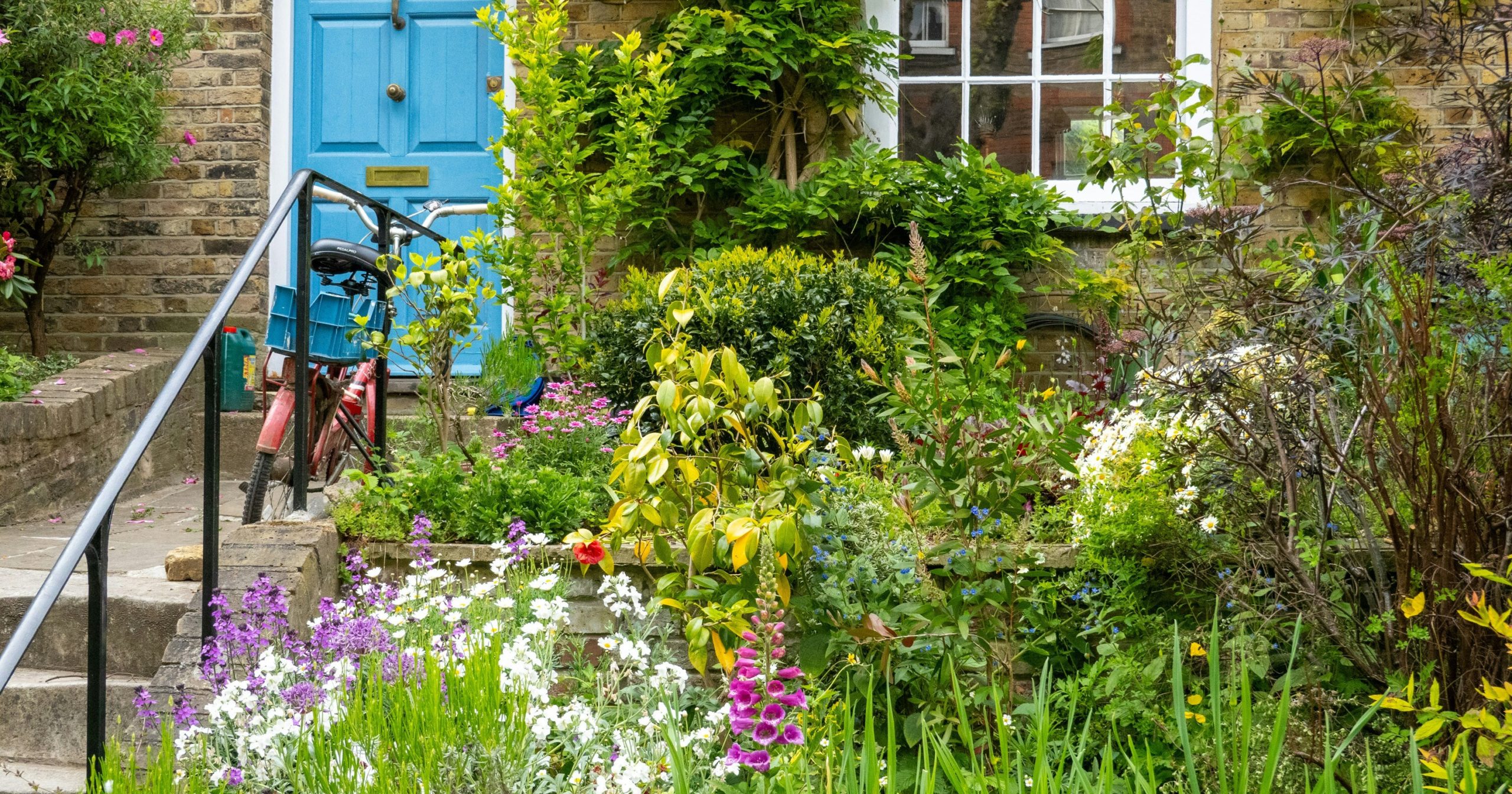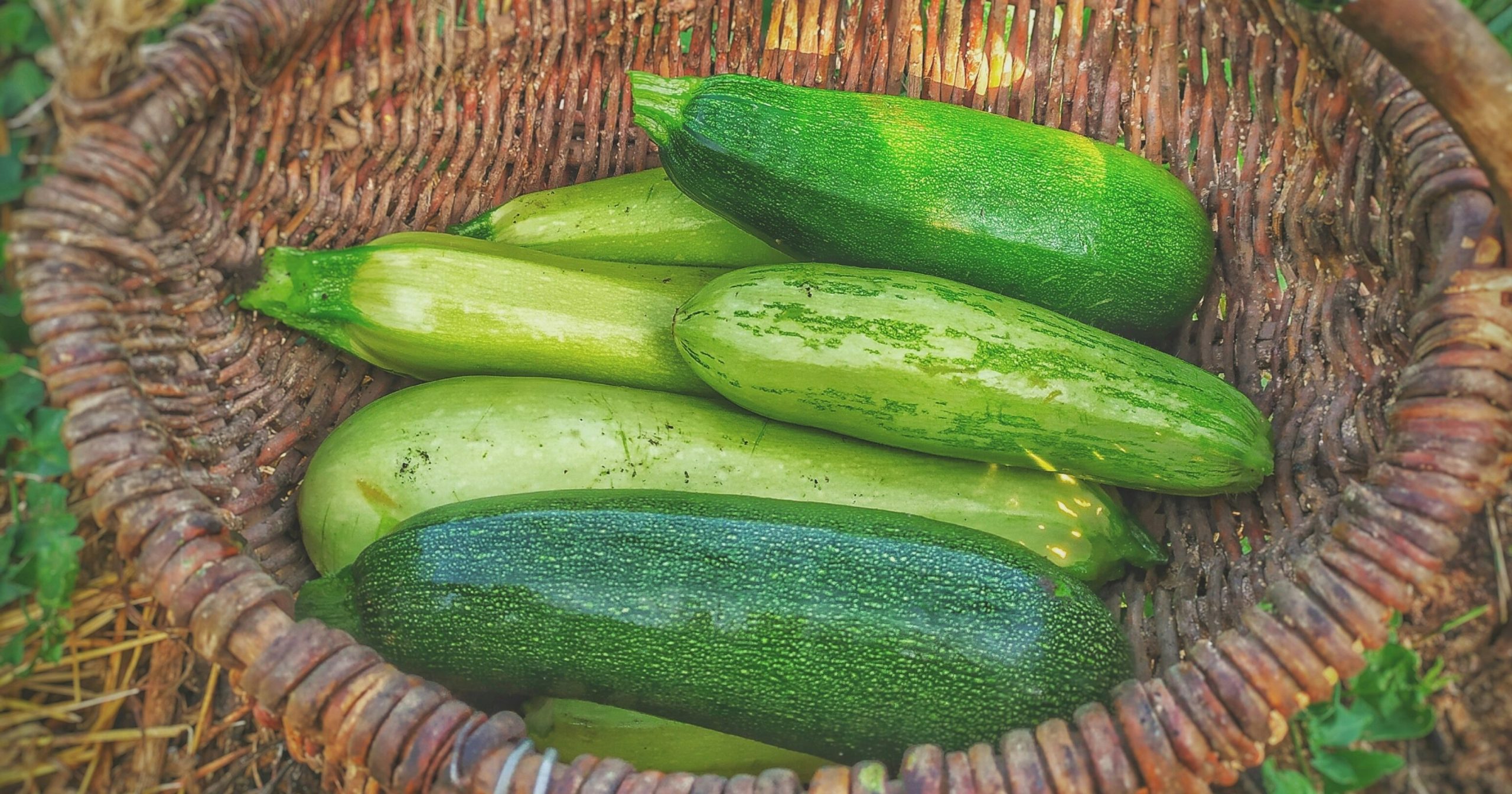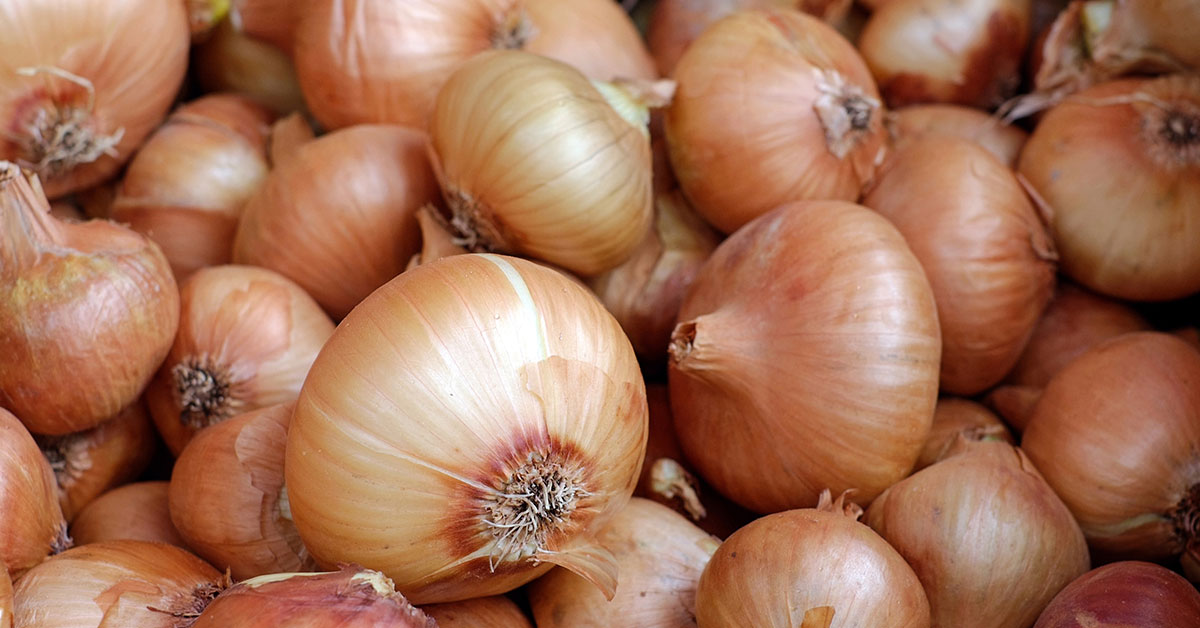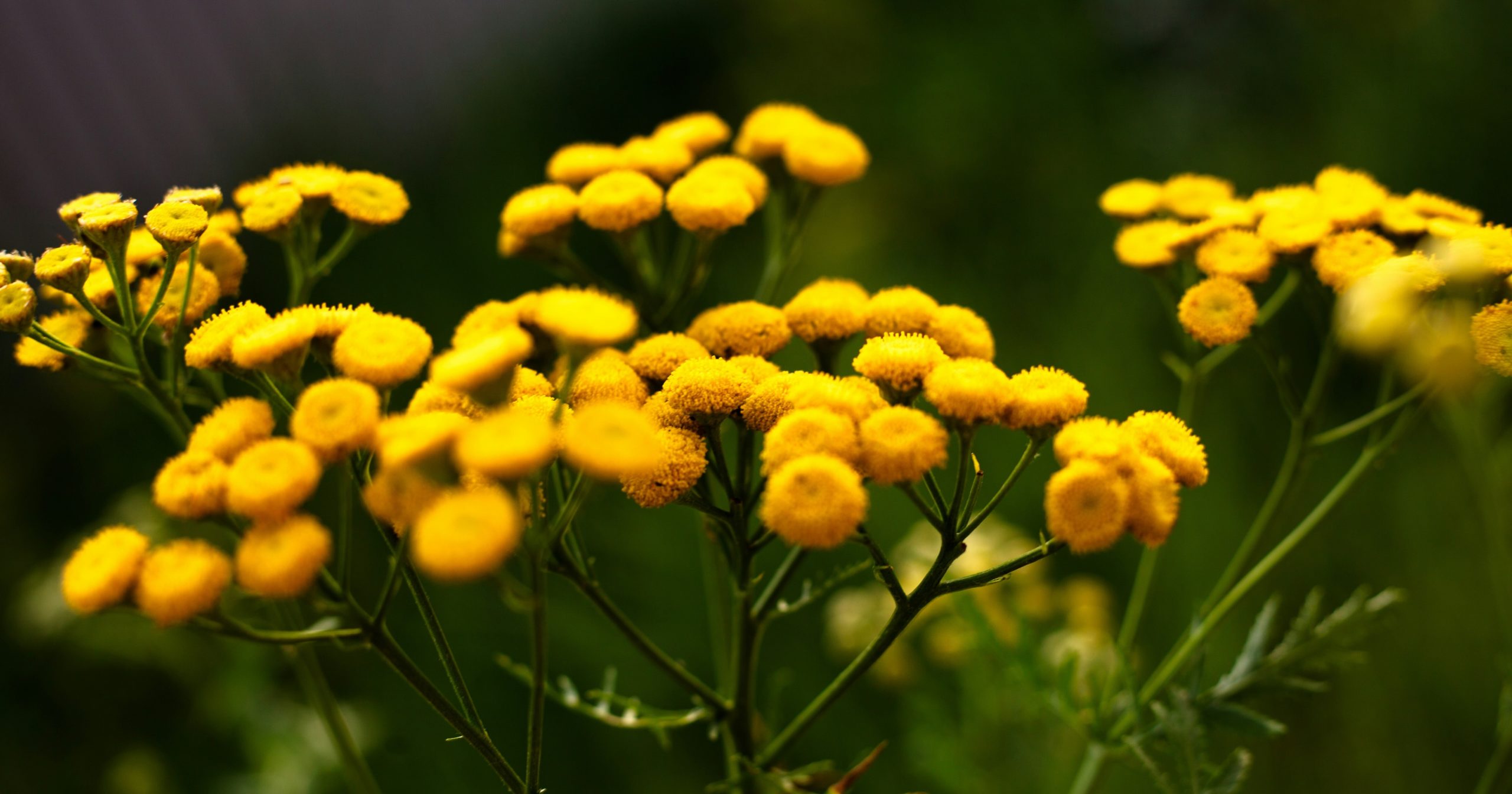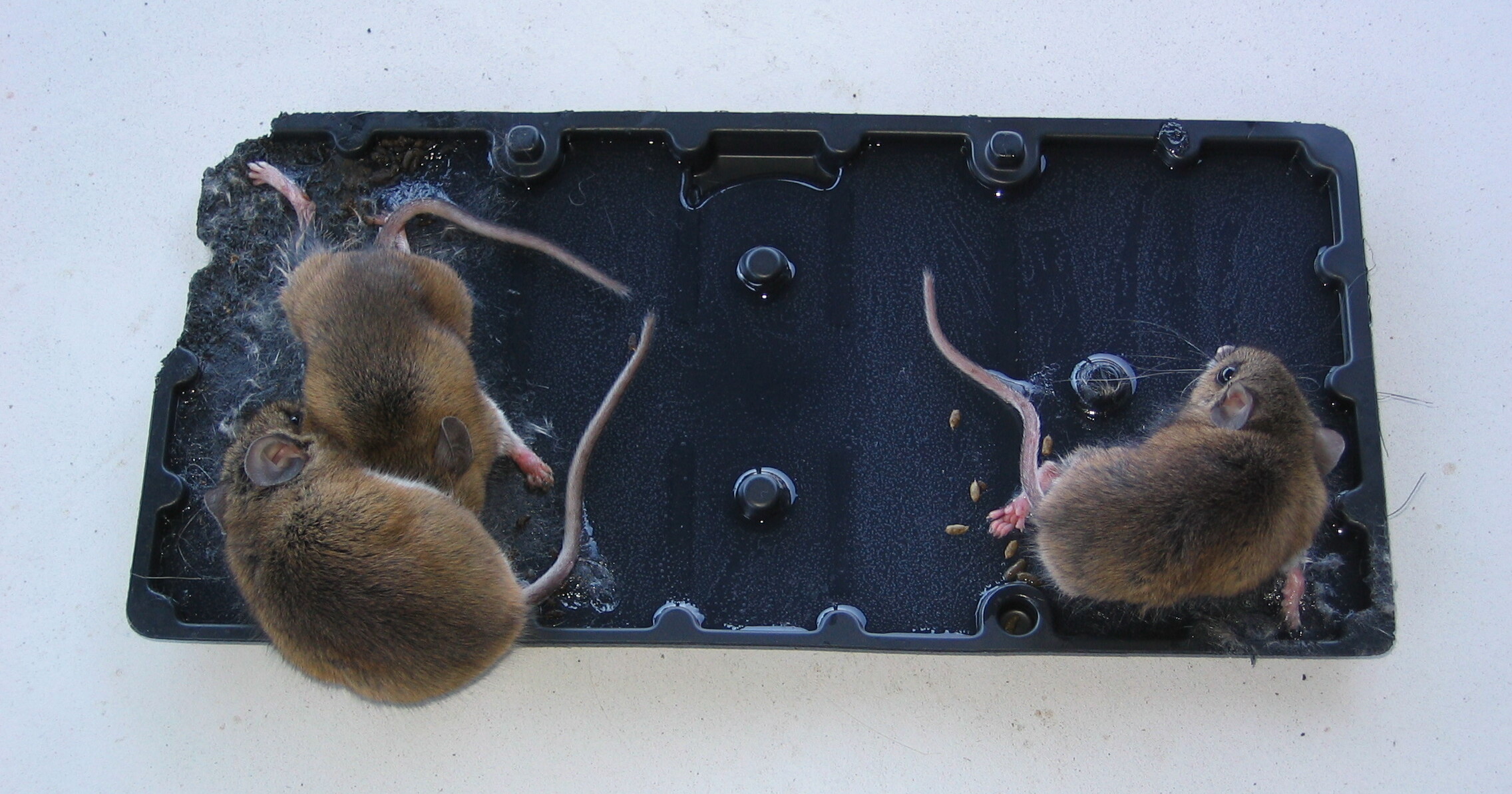Growing potatoes in Nebraska can be a rewarding experience. The state has a mild climate and plenty of sunshine, both of which are ideal for growing potatoes. Potatoes are a cool-season crop and do best when planted in early spring, as soon as the ground thaws. Potatoes need a lot of moisture and regular watering throughout the growing season.
The soil should be well-drained and amended with organic matter. Careful attention to the pH level of the soil is also important, as potatoes grow best in slightly acidic soil. A winter mulch, such as straw, can help protect potatoes from frost. With the proper care and attention, Nebraska gardeners can look forward to a successful potato harvest.
Nebraska’s Hardiness Zones And Climate
Zone 4 of Nebraska tends to have a moderate climate that sees cold winters and hot summers. Winters typically have temperatures that dip below freezing and can reach as low as -30°F during extreme cold spells. Summers tend to be hot and humid and can reach temperatures of up to 95°F. Precipitation is generally moderate throughout the year, and snowfall can range from moderate to heavy depending on the season.
Zone 5 of Nebraska is slightly warmer than Zone 4 and has a more extreme climate. Winters tend to be cold and dry with average temperatures of 20°F. Highs in the winter can reach as low as -20°F during extreme cold spells. Summers are hot and humid and can reach temperatures of up to 100°F. Precipitation is usually moderate throughout the year, with snowfall ranging from light to heavy depending on the season.
Different varieties of seed potatoes
When selecting seed potatoes for growing in Nebraska, it is important to be mindful of the variety’s days to harvest and the length of time you have before you want to harvest them.
Early-season varieties such as ‘Yukon Gold’ and ‘Red Norland’ have fewer days to harvest and should be planted as soon as possible for harvesting in late summer.
Mid-season varieties such as ‘Russet Burbank’ and ‘Kennebec’ have more days to harvest and should be planted in late April or early May for harvesting in fall.
Late-season varieties such as ‘Cara Russet’ and ‘All Blue’ have the most days to harvest and should be planted in late April or early May for harvesting in early winter. Be sure to select varieties with the right number of days to harvest for your intended harvest date. Some good potato varieties for Nebraska include:
- Russet Potatoes: 85-95 days
- Yukon Gold Potatoes: 90-110 days
- Red Potatoes: 80-90 days
- Purple Potatoes: 90-110 days
- Fingerling Potatoes: 90-120 days
- Sweet Potatoes: 90-120 days
- White Potatoes: 90-100 days
- All-Blue Potatoes: 95-105 days
- Yellow Finn Potatoes: 85-95 days
- Kennebec Potatoes: 85-95 days
When To Plant Potatoes In Nebraska
Potatoes should be planted in Nebraska in early to mid-April. Planting should occur when the soil is at least 45 degrees Fahrenheit and there is no threat of frost. Planting too early can result in a decrease in yield, while planting too late can result in smaller potatoes. The planting dates for potatoes in Nebraska are:
- Zone 4: Around April 30th
- Zone 5: Around April 15th
How To Plant Potatoes In Nebraska
Begin the planting process for seed potatoes by tilling the soil to a depth of 8 inches and incorporating organic compost. Once you have done this, find a sunny location that receives at least 8 hours of direct sunlight and place the seed potatoes.
Plant the seed potatoes with the “eyes” facing upward, leaving a distance of 8 to 10 inches in between each. Cover the seed potatoes with a layer of soil that is 3-4 inches thick, and make sure to water them adequately. As the potatoes start to sprout, add more soil to the rows to keep them adequately buried.
Water the potatoes on a regular basis and remove any weeds from the area. For those living in hot and dry climates, you may want to cover the soil around the potatoes with straw, although this is not essential.
Caring For Potato Plants
Caring for potato plants is pretty easy – they’re incredibly hardy and generally no-fuss. Potato plants need full sun and well-drained soil to thrive. They should be watered deeply and regularly, allowing the soil to dry out between waterings.
Fertilizing is also important for optimal growth. Potato plants need a balanced fertilizer with equal parts nitrogen, phosphorus, and potassium. This should be applied every four to six weeks, depending on the soil’s nutrient content.
It is also important to keep the soil evenly moist, as potatoes do not tolerate dry or waterlogged conditions. Mulching around the potato plants can help retain moisture and reduce weeds.
When To Harvest Potatoes In Nebraska
There are two sure ways to know your potatoes are about ready to harvest! The first is counting backward from your current date to their planting date. Potato varieties have an approximate number of days to harvest, so consult the days to harvest for the particular variety of potatoes you’ve planted. If you aren’t sure, assume it’s around 100 days.
The appearance of your potato plants is another dead giveaway. You will know your potatoes are ready to harvest when the foliage begins to turn yellow and die back. Your plants will go through an entire flowering cycle, which is nice because the flowers are really beautiful.
Allow the soil around the plants to dry before harvesting, but don’t allow it to be dry for too long. Once harvested, inspect the potatoes carefully- they should be firm and free of green or soft spots.
Carefully dig up the potatoes with a garden fork, taking care not to damage the potatoes in the process. Once the potatoes have all been dug up, brush off any excess soil and inspect them for any damage. Discard any potatoes that are damaged, as these are not suitable for long-term storage.
Finally, gently place the potatoes in a cool, dry, and dark area for storage. It is important to only store undamaged potatoes, as damaged potatoes can quickly rot.

